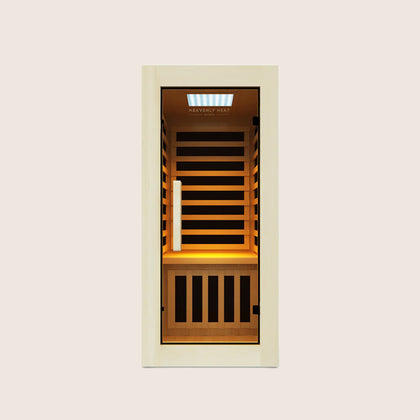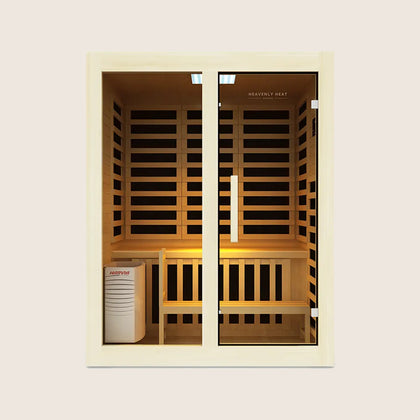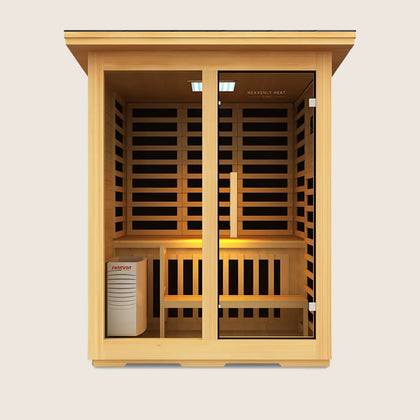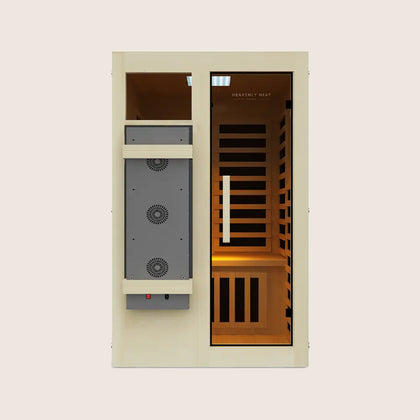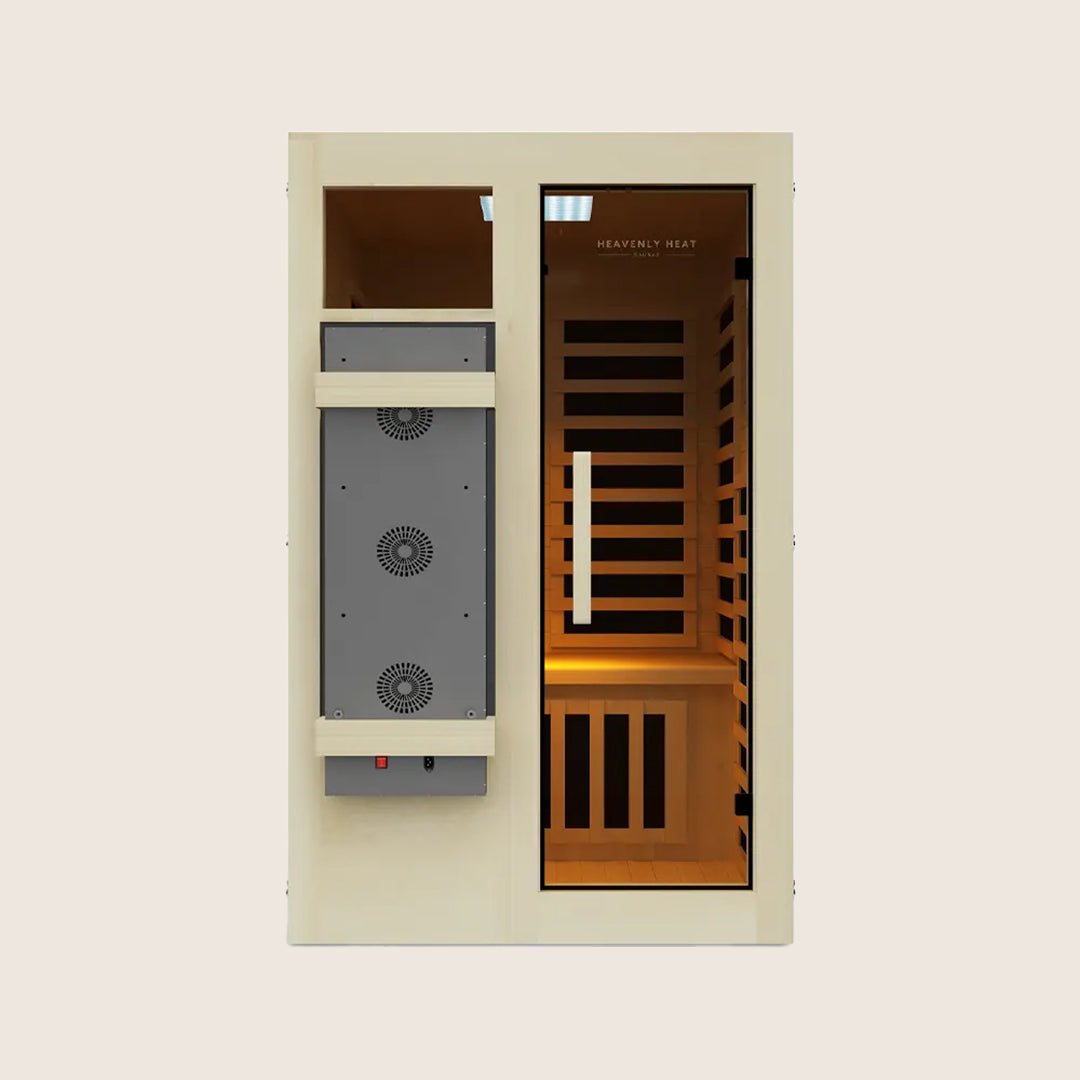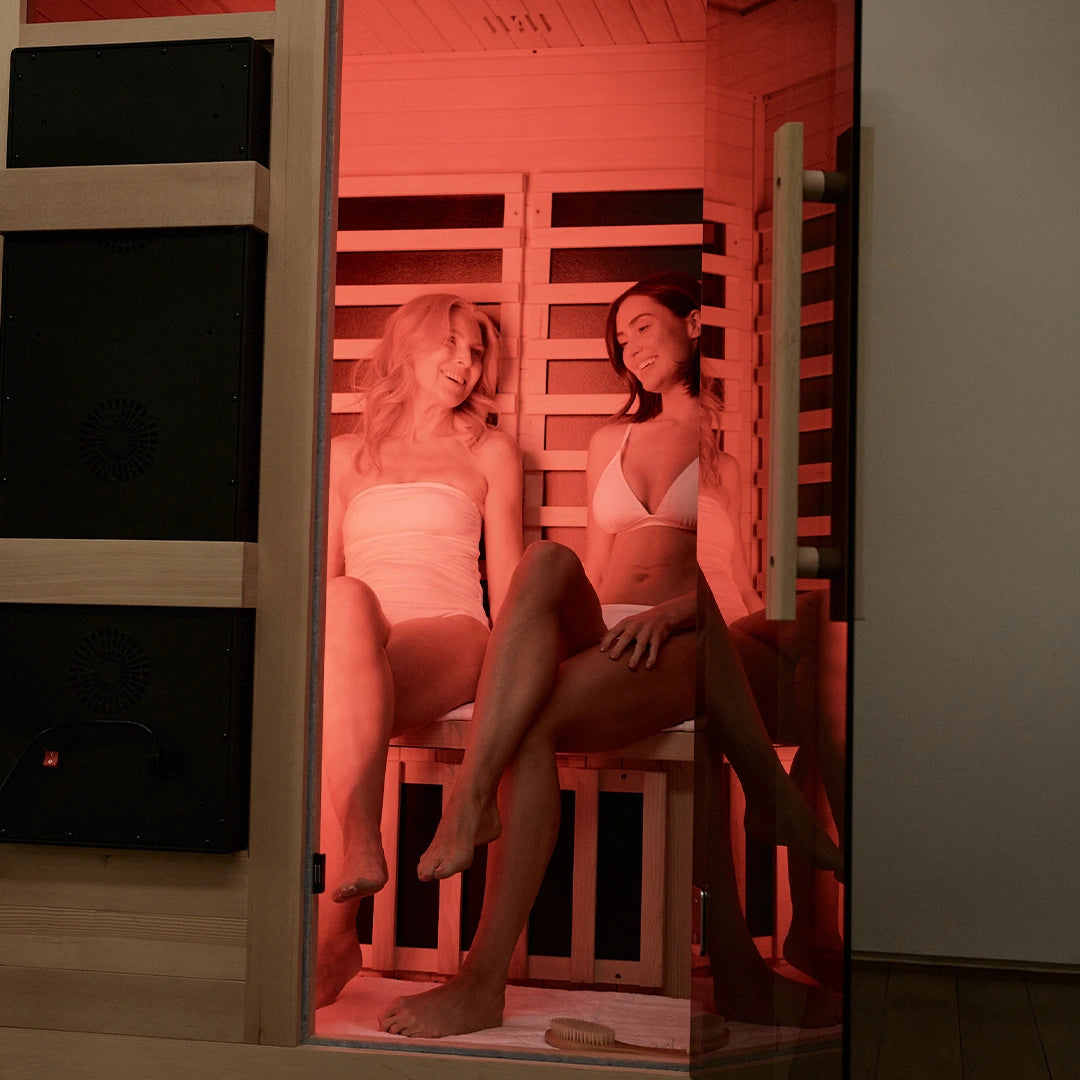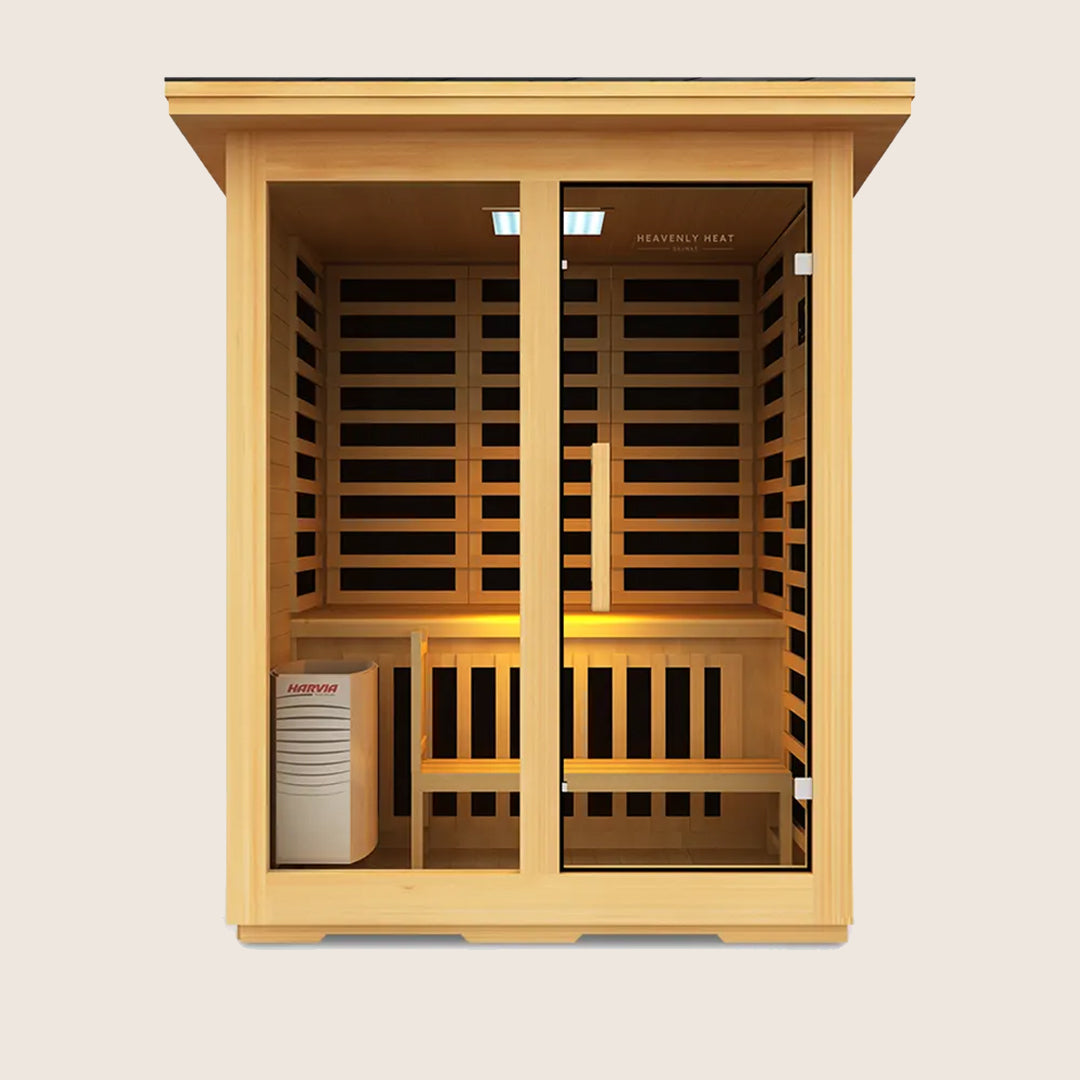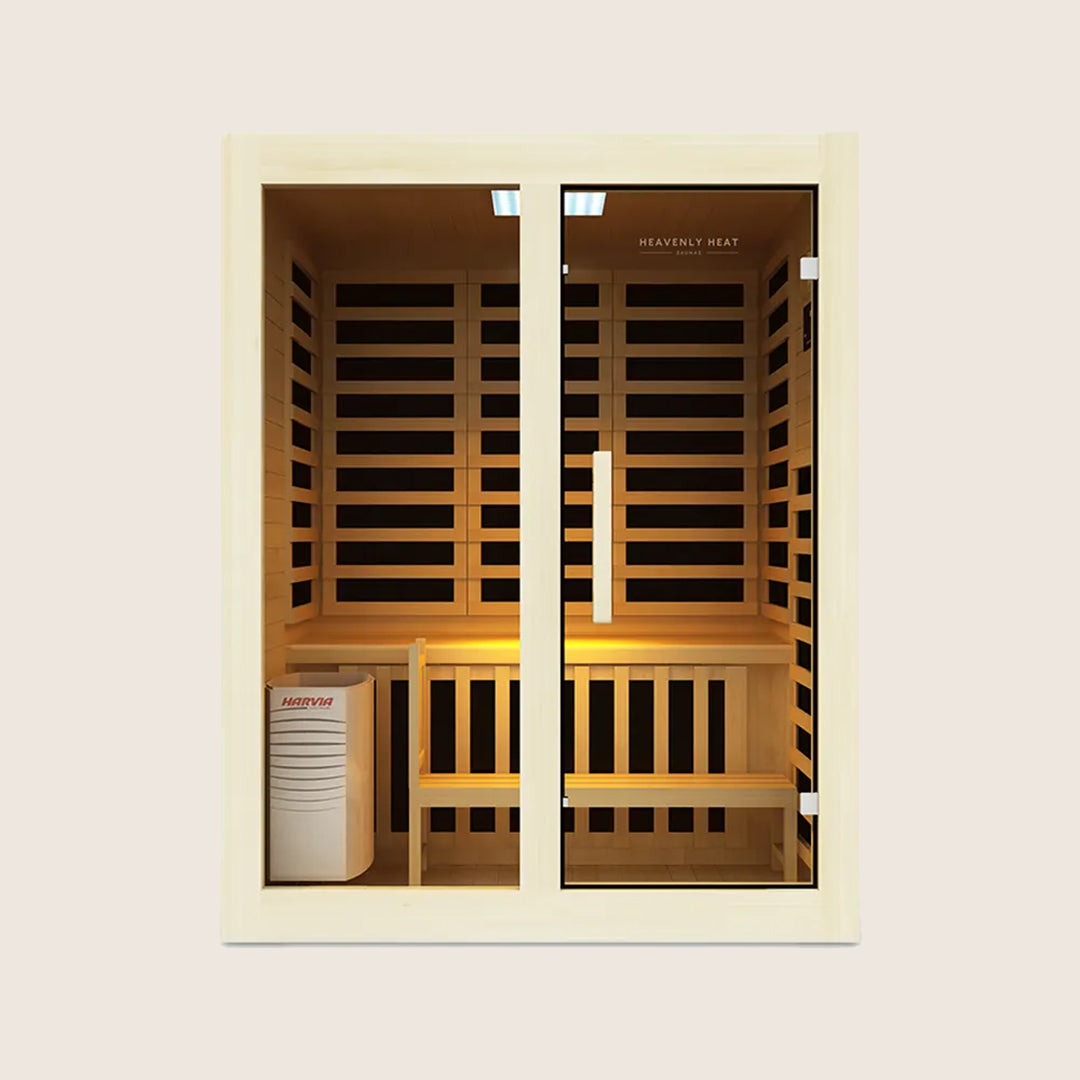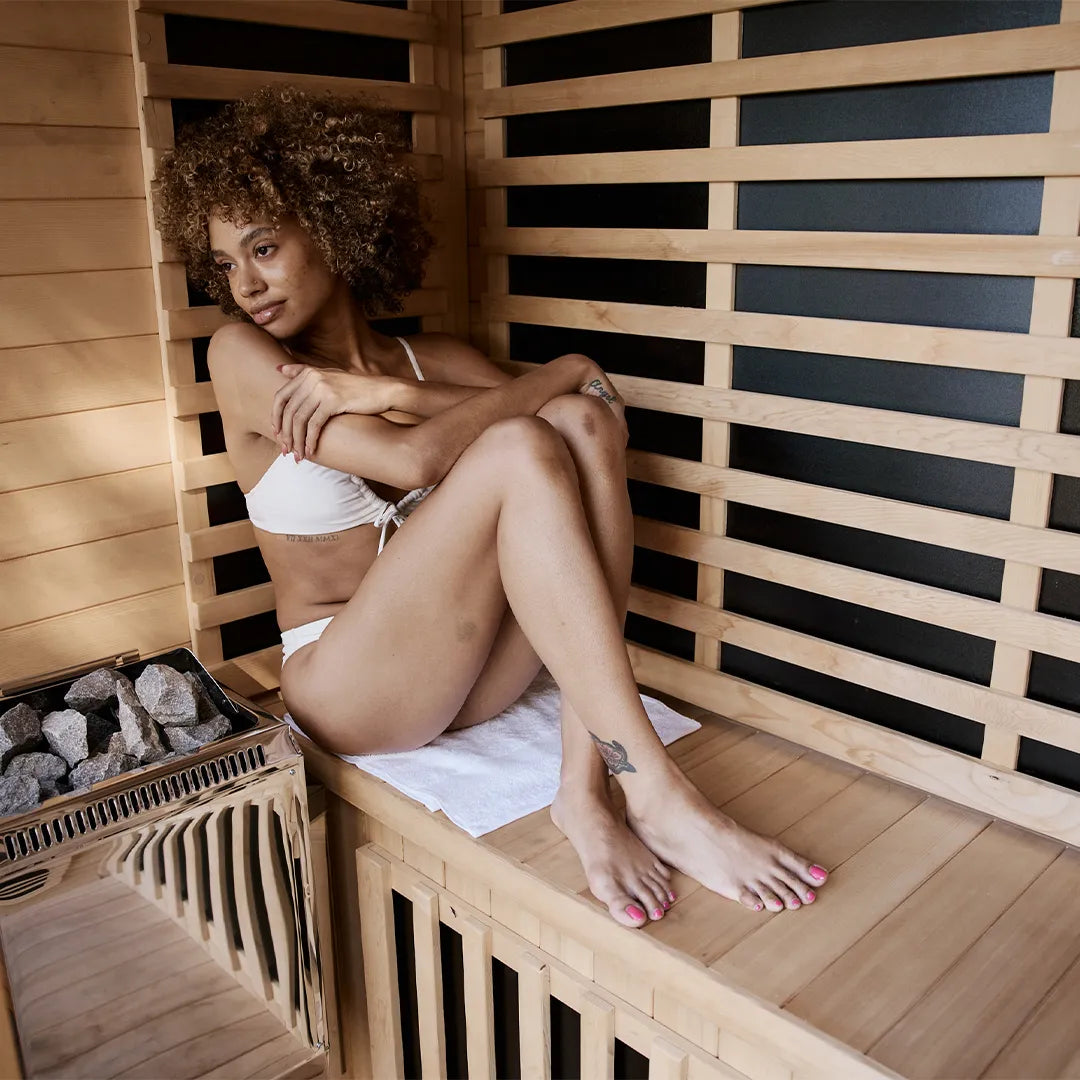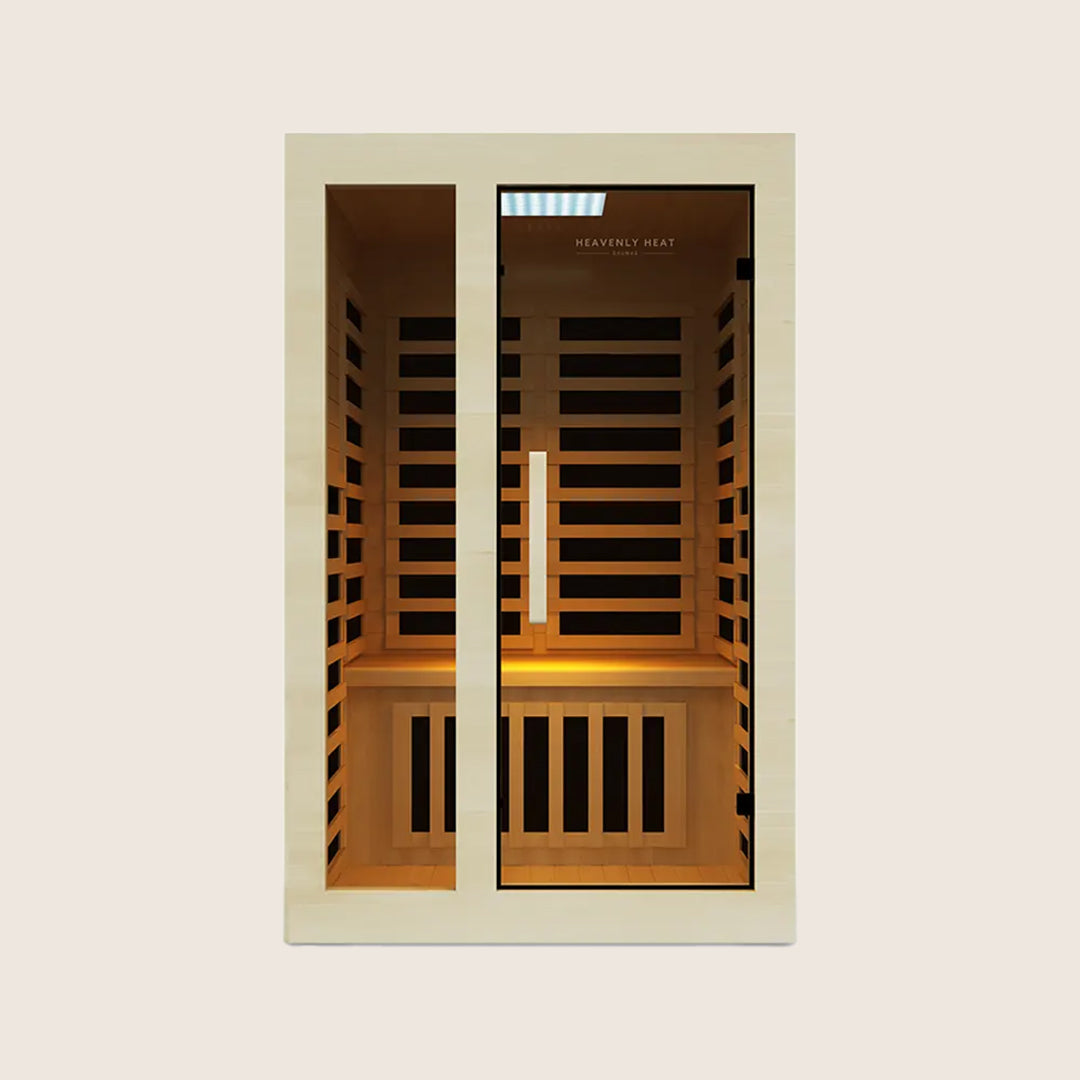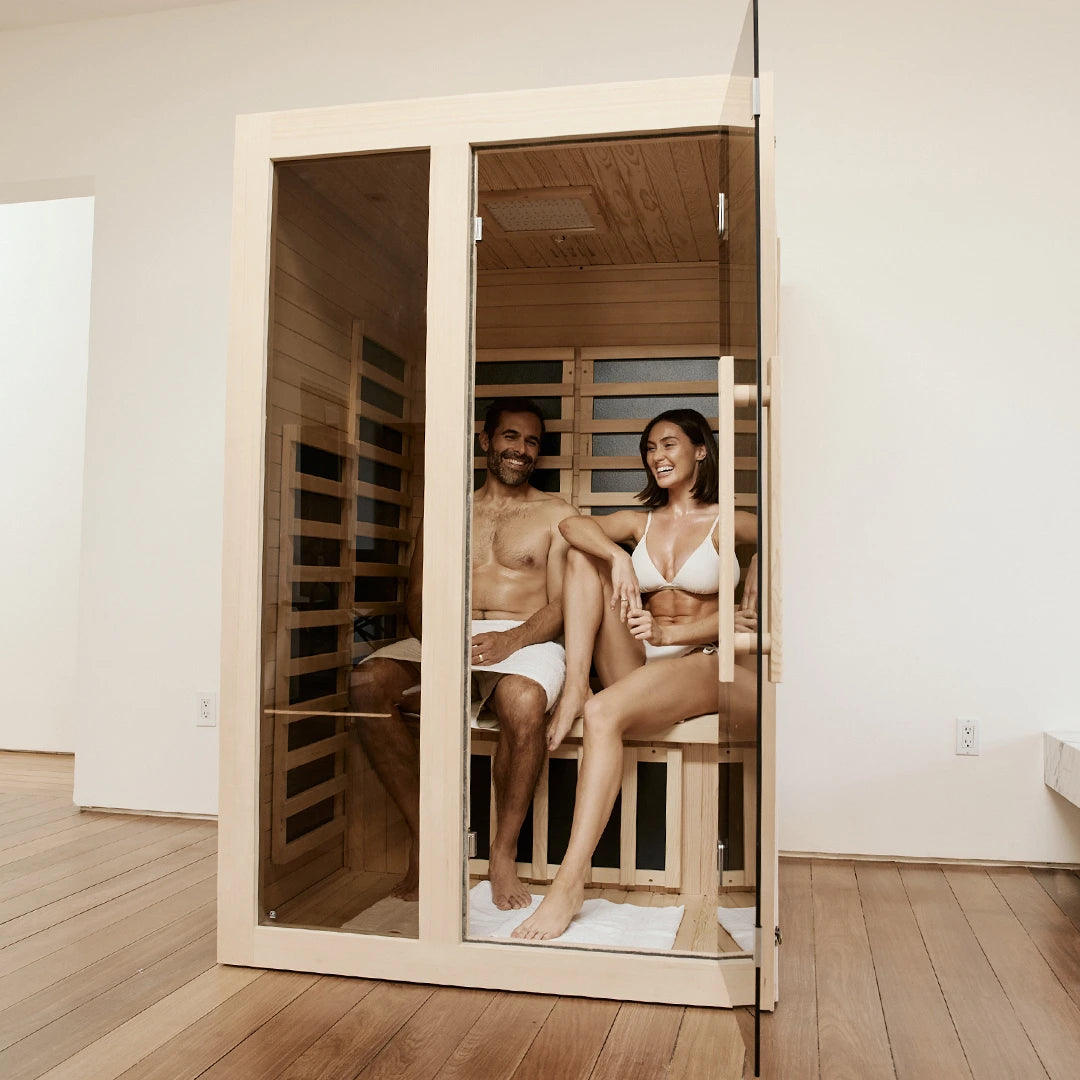Does Red Light Therapy Help With Anxiety? What Studies Show

Feeling restless, tense, or battling racing thoughts? Anxiety can grip daily life with panic, sleepless nights, rapid heartbeat, and constant worry.
Left unchecked, it drains energy, strains relationships, and fuels health problems. Yet, many still suffer in silence, unsure of real solutions.
Could something as simple as red light therapy provide relief? Let’s explore what science actually reveals.
Key Takeaways
Red Light Therapy Can Reduce Anxiety: Studies show it may lower anxiety scores within weeks of use.
Calm Your Stress Response: Red light helps lower cortisol levels, easing tension and promoting relaxation.
Support Your Nervous System: Light therapy boosts mitochondrial function, reduces inflammation, and calms your nervous system.
Improve Sleep, Improve Mood: Using red light can enhance sleep quality, which in turn helps manage anxiety.
Complementary Approach: RLT may help alongside other treatments but should not replace professional care.
Does Red Light Therapy Help With Anxiety?
Red light therapy (RLT) may help reduce anxiety by lowering cortisol, calming the nervous system, improving sleep, and supporting brain function.
Studies show it boosts cellular energy, reduces inflammation, and enhances mood-regulating neurotransmitters.
While not a standalone treatment, consistent RLT sessions can ease stress, improve sleep quality, and promote relaxation, making anxiety more manageable when combined with other therapies.

How Red Light Therapy Can Help With Anxiety?
Anxiety Triggers Stress Responses That Red Light Therapy Can Help Calm
Red light therapy is emerging as a promising approach to ease anxiety and stress. Research highlighted in Behavioral and Brain Functions shows that near-infrared photobiomodulation (PBM) applied to the brain can significantly reduce anxiety and depression scores, with patients experiencing improvements as early as two weeks after treatment.
Mechanistically, NIHPA Author Manuscripts explain that red and near-infrared light interact with cellular components like mitochondria and calcium channels, boosting ATP production, reducing inflammation, and lowering oxidative stress, all of which help calm the nervous system.
Additionally, exposure to red light has been shown to reduce cortisol, the stress hormone, promoting relaxation.
Beyond stress relief, light therapy can improve sleep patterns, which often worsen anxiety. A meta-analysis in the American Journal of Alzheimer's Disease and Other Dementias found that light therapy reduced nighttime awakenings, helping the body rest more effectively, though its long-term impact is still being studied.
Altogether, these findings suggest red light therapy may support both the mind and body in managing anxiety.
Red Light Therapy Supports Brain Function and Balances Mood
Red light therapy can support brain function and help balance mood by boosting cellular energy and improving blood flow in the brain.
For example, a pilot study found that applying red and near-infrared LEDs to the scalp improved cognitive function, sleep, and even PTSD symptoms in people with mild traumatic brain injuries.
According to the Journal of Neurotrauma, this may be due to enhanced mitochondrial activity and increased oxygen delivery, helping the brain function more efficiently.
It Helps Lower Cortisol Levels, Reducing Stress and Tension
Red light therapy (RLT) may help reduce anxiety and stress by supporting the body’s natural stress responses.
By enhancing mitochondrial function, it helps the body cope more effectively with physical and emotional stress, which can lower cortisol levels and promote a sense of calm.
Some clinical studies have shown measurable improvements in anxiety symptoms among participants using RLT, with reductions recorded on standard anxiety scales like the HAM-A and STAI.
While research is still limited and results can be mixed, RLT is believed to influence mood-regulating neurotransmitters, reduce inflammation, and improve sleep quality, all factors that contribute to mental well-being.
Experts view RLT as an emerging supportive tool rather than a standalone treatment, emphasizing the importance of consulting healthcare providers and using standardized protocols.
Overall, red light therapy shows promise in easing stress and tension, potentially helping individuals feel more resilient and balanced in their daily lives.
Using Red Light Therapy Can Improve Sleep, Which Eases Anxiety
Getting enough sleep can calm your mind and make anxiety easier to handle. When you sleep well, your brain resets, and stress levels drop, helping you feel more in control during the day.
Red light therapy can help by naturally boosting melatonin, the hormone that tells your body it’s time to rest.
A study in the Journal of Athletic Training had elite female basketball players use red-light therapy for 14 nights, and they slept better and had higher melatonin levels.
By improving sleep, red light therapy can give your mind the break it needs, making anxiety more manageable.
Scientific Studies Show Promising Results for Anxiety Relief
Red light therapy sends gentle near-infrared light into the brain, where it gives cells more energy and helps calm overactive signals that fuel anxious thoughts.
According to Photobiomodulation, Photomedicine, and Laser Surgery, people with generalized anxiety disorder used daily light therapy and felt big drops in anxiety along with better sleep, very encouraging results!
How to Use Red Light Therapy for Anxiety?
To use red light therapy for anxiety, consult a professional, select a full-body, targeted, or tPBM device, choose 600–1000 nm wavelength, position it 6–12 inches away, wear eye protection, start 5–10 minute sessions 3–5 times weekly, and maintain consistency for 2–4 weeks to promote relaxation, lower cortisol, and improve mood.
FAQs
Is red light therapy safe for people with anxiety disorders?
Red light therapy is generally safe for people with anxiety disorders and may reduce inflammation, regulate neurotransmitters, lower cortisol, improve sleep, and support neurogenesis. Individual responses vary, so consultation with a healthcare provider, gradual use, timing consideration, and eye protection are essential for safety and effectiveness.
Can red light therapy be combined with other anxiety treatments?
Yes, red light therapy can be combined with anxiety treatments like therapy, medication, lifestyle changes, and mindfulness. Consulting a healthcare professional ensures safety, optimizes effectiveness, and allows integration into a comprehensive plan, addressing inflammation, mood, and coping skills while complementing traditional treatments.


